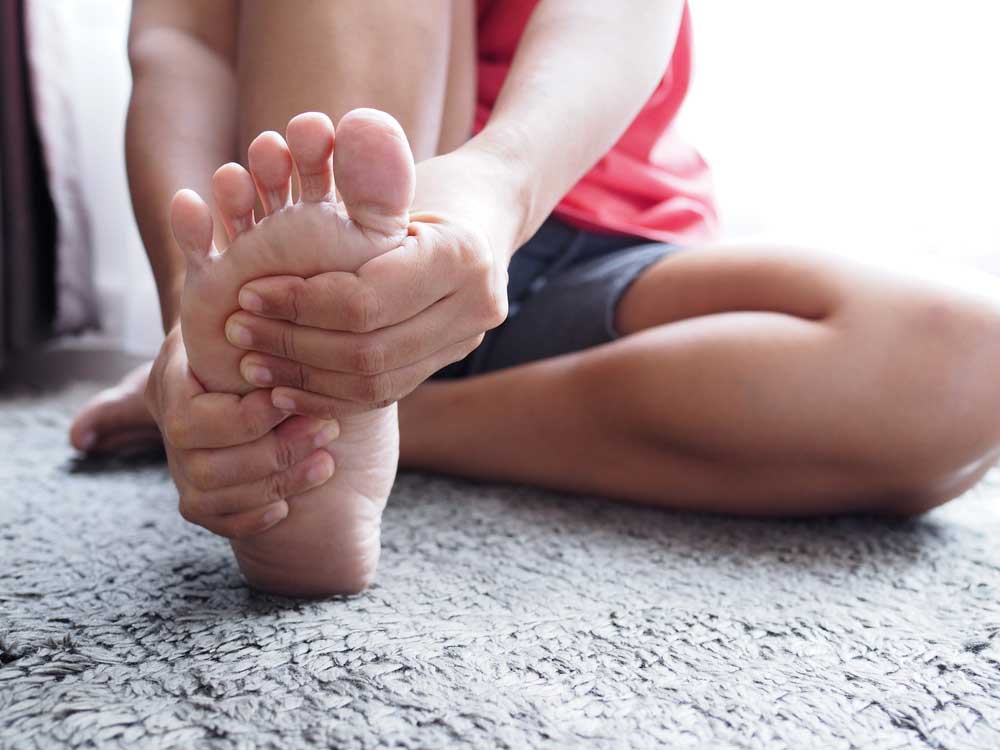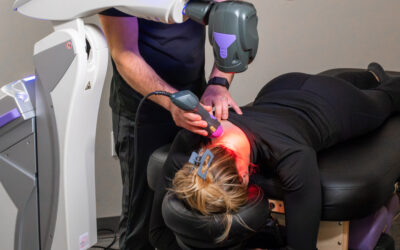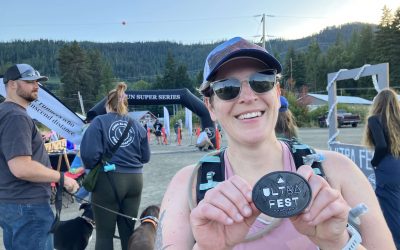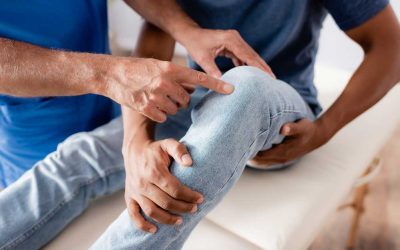 From triathletes to dancers to group fitness enthusiasts, plantar fasciitis is a very serious affliction that can even lead to invasive procedures like injections and even surgery.
From triathletes to dancers to group fitness enthusiasts, plantar fasciitis is a very serious affliction that can even lead to invasive procedures like injections and even surgery.
This blog is going to offer you hope and give you natural strategies you can deploy to not only help alleviate pain but also restore activation in the small muscles of your feet that provide a salient role in reducing facial tightness.
Please consult these exercises with your medical provider before attempting them.
We first need to review some foundation information about how our feet develop control when we are babies and toddlers.
As you know, we came into this world without any shoes, so that should be your first hint as to how important it is that you spend time barefoot.
Second, we were all born with flat feet, and while some of us have a genetic predisposition to growing up with flat feet, we should all train our feet like we do the rest of our body and understand that there is a difference between a resting arch and an active arch.
A resting arch is when you are in a static position (standing), and an active arch refers to the movement (walking or running). From flat feet to high arches, the active arch is really what matters and exposes the contrast between a strong, mobile foot — and a weak, rigid foot that is susceptible to foot injuries such as plantar fasciitis.
So here we go!
Below are three ways you can beat plantar fasciitis (plus a bonus). Are they right for you? The only way to know for sure is to consult your physical therapy, sports medicine or chiropractic expert.
1. Foot Massage
Did you know that each foot has 26 bones, 107 ligaments, and 19 muscles and tendons? That’s 25% of your bones nestled right there in your foot prisons…. I mean shoes. Again, while we were born without shoes, they are a complete necessity in this modern age, and the last thing I want you to take away from this blog is the perception that you should just go barefoot, and everything will be alright.
That being said, what I am saying is that improperly fitted shoes over time can “cast” your foot, which can lead to muscle weakness, stiffness, and even pain.
Massaging not only helps relax muscles and improve circulation but also draws awareness to your feet, and that benefit alone cannot be overstated.
Take time to show your feet some love. Initially, your feet will probably feel really sensitive, so modulate the pressure, and over time, you begin to feel your foot feel more relaxed and start to contour over the ball.
2. Calf Stretch
There are definitely two equally valid arguments when it comes to stretching. While it has been suggested that muscles themselves might not actually “stretch” but rather become more tolerant to passive and active joint range of motion — I am in the camp that if you feel that stretch is helping, then who am I to argue the contrary.
Stretching can be the most helpful when your core temperature is elevated, and you feel the gastrocnemius (upper calf) and soleus (lower calf) are nice and loose. Remember, the plantar fascia is like a continuation of those muscles, and if the calves become tight, it can lead to restriction in the ankle joint range of motion, resulting in more stress being directed to the foot.
3. Toe Yoga
And… Big Toe Extension Calf Raise (Bonus!)
One of the silliest exercises in the history of exercises is toe yoga. Part of that is because we are giving ourselves permission to play with our feet, which we probably haven’t done since we were youngsters. Another reason why it feels silly is that it’s so dang hard for your toes to cooperate with what your mind is asking them to do.
I have had countless patients tell me this exercise is impossible, to which I reply, “just give me one week”.
The fact that toe yoga is so challenging should be powerful feedback to how important it is. Our toes should have dexterity like our fingers do and we need to be able to move them independently if we ever expect the muscles of our feet to function properly. In short, it’s supposed to be hard!
Stick with it. I believe in you, and when you have mastered toe yoga — then you are ready to progress to the big toe extension calf raise.
The big toe extension is hands down our favorite exercise you can use to beat plantar fasciitis. However, it’s an aggressive strategy that your feet might not be ready for.
This is why we listed it last. If you haven’t achieved dexterity in your toes and spend ample time releasing your lower leg tightness through the calf stretch, then don’t jump right to this exercise. Spend time mastering the basics and then work your way up to the more advanced movements. This strategy will only help. You got this.
Dealing with plantar fasciitis
Thank you for taking the time to read this blog. If you are currently dealing with plantar fasciitis and it’s not going away – the best thing to do is schedule an appointment for a thorough evaluation. This is what you deserve. If you live in the Seattle or Portland area, our Team would be honored to help get you out of pain and feeling great. Don’t lose any more time – make an appointment today.
Disclaimer: This blog is not meant to diagnose or treat plantar fasciitis. This is for educational purposes only. If you are experiencing plantar fasciitis or other foot related pain, we recommend you seek out an evaluation with a chiropractor, physical therapist or sports medicine professional.


